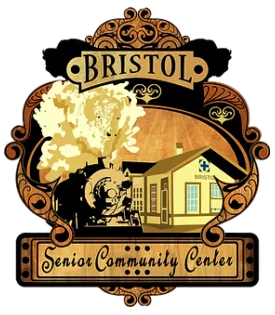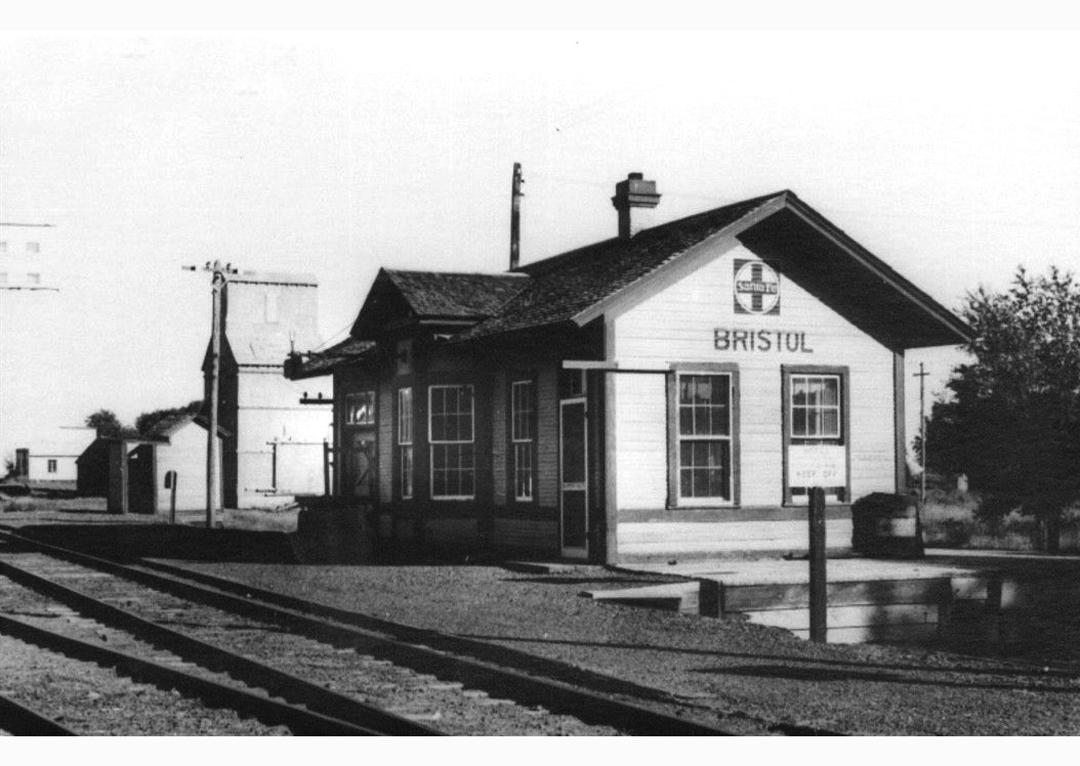Railroads in Colorado, 1858-1948
Railroads played a significant role in the overall development of Colorado. The document was created as a result of a Colorado State Historical Fund grant awarded to Colorado State Parks for the purpose of preparing a historic context that would assist in evaluation and planning efforts related to railroad abandonments and potential rails-to-trails conversions.
The Atchison, Topeka and Santa Fe Railway (reporting mark ATSF), often referred to as the Santa Fe or AT&SF, was one of the larger railroads in the United States.[1] The railroad was chartered in February 1859 to serve the cities of Atchison and Topeka, Kansas, and Santa Fe, New Mexico. The railroad reached the Kansas–Colorado border in 1873 and Pueblo, Colorado, in 1876. To create a demand for its services, the railroad set up real estate offices and sold farmland from the land grants that it was awarded by Congress.[1]
Despite being chartered to serve the city, the railroad chose to bypass Santa Fe, due to the engineering challenges of the mountainous terrain. Eventually a branch line from Lamy, New Mexico, brought the Santa Fe railroad to its namesake city.[2]
The Santa Fe was a pioneer in intermodal freight transport; at various times, it operated an airline, the short-lived Santa Fe Skyway, and the fleet of Santa Fe Railroad Tugboats.[3] Its bus line extended passenger transportation to areas not accessible by rail, and ferryboats on the San Francisco Bay allowed travelers to complete their westward journeys to the Pacific Ocean. The AT&SF was the subject of a popular song, Harry Warren and Johnny Mercer’s “On the Atchison, Topeka and the Santa Fe”, written for the film The Harvey Girls (1946).
The railroad officially ceased operations on December 31, 1996, when it merged with the Burlington Northern Railroad to form the Burlington Northern and Santa Fe Railway.
The Denver and Rio Grande Western Railroad (reporting mark DRGW), often shortened to Rio Grande, D&RG or D&RGW, formerly the Denver & Rio Grande Railroad, was an American Class I railroad company. The railroad started as a 3 ft (914 mm) narrow-gauge line running south from Denver, Colorado, in 1870. It served mainly as a transcontinental bridge line between Denver, and Salt Lake City, Utah. The Rio Grande was also a major origin of coal and mineral traffic.
The Rio Grande was the epitome of mountain railroading, with a motto of Through the Rockies, not around them and later Main line through the Rockies, both referring to the Rocky Mountains.
The D&RGW operated the highest mainline rail line in the United States, over the 10,240 feet (3,120 m) Tennessee Pass in Colorado, and the famed routes through the Moffat Tunnel and the Royal Gorge. At its height, in 1889, the D&RGW had the largest narrow-gauge railroad network in North America with 1,861 miles (2,995 km) of track interconnecting the states of Colorado, New Mexico, and Utah.[1] Known for its independence, the D&RGW operated the Rio Grande Zephyr until its discontinuation in 1983. This was the last private intercity passenger train in the United States until Brightline began service in Florida in 2018.
In 1988, the Rio Grande’s parent corporation, Rio Grande Industries, purchased Southern Pacific Transportation Company, and as the result of a merger, the larger Southern Pacific Railroad name was chosen for identity.[2] The Rio Grande operated as a separate division of the Southern Pacific until 1992.[3] Today, most former D&RGW main lines are owned and operated by the Union Pacific Railroad while several branch lines are now operated as heritage railways by various companies.
Holly Santa Fe Depot (Town Hall) – The Atchison, Topeka and Santa Fe Railroad built the brick second-generation depot in 1912. The Mission Revival style building was a combination-type depot, handling both passengers and freight.
The 1913 Atchison, Topeka & Santa Fe Railway provided the gateway for passengers traveling to and from the community during much of the 20th century. Serving both as a freight and passenger depot, the Manzanola facility coordinated shipments to and from local merchants and producers.
Boone Santa Fe Railroad Depot (Boone Town Hall) – Designed to handle both passengers and freight, the Santa Fe Railroad constructed this combination depot in 1913.
Union Depot, Pueblo – The circa 1890 Richardsonian Romanesque Revival style depot was designed by the Chicago architectural firm of Sprague and Newell. It is constructed of heavy rock faced red sandstone.
Sargents Water Tank, Saguache County – The 1937 Denver & Rio Grande Western (D&RGW) water tank at Sargents is listed as a subtype defined in the 1998 Railroads in Colorado 1858-1948 Multiple Property Documentation Form. The tank is significant under Criterion A in the area of Transportation for its association with the operations of the D&RGW Railroad on its Marshall Pass Route. The tank provided water for a vast number of steam locomotives traveling the pass from its construction in 1937 through the closing of the line in 1955.

